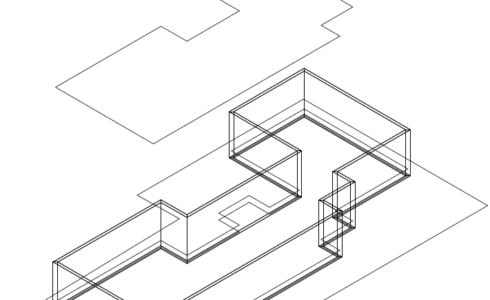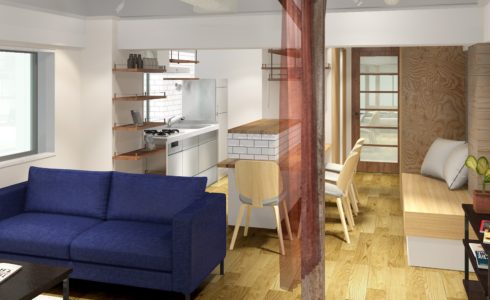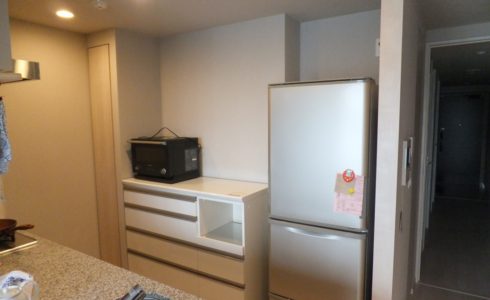
The current state of second-hand housing transactions and the increasing number of vacancies
In Japan, the increase of vacant houses has become a problem in recent years, with the number of vacant houses and the vacant house rate standing at 8.08 million and 12.9% respectively. (From the government statistics in 2019)
There are a number of reasons for this: since 2008, Japan’s population has been declining and depopulation is increasing, particularly in rural areas. In the 23 wards of Tokyo, the population has been increasing, but is expected to start declining around 2030. As the population decreases, the overall demand for housing will naturally decrease.
There are other factors that increase the number of empty houses. The lack of mechanisms to guarantee the quality of second-hand homes and the various tax incentives for homeowners make second-hand homes less desirable to those who want a home, and new homes more desirable.
If you are looking to buy a second-hand house in Japan, you will find a number of things to consider. Firstly, in the case of a single-family wooden house, you will probably want to find out about the basic performance of the building, including checking for leaks and assessing its earthquake resistance. It is also necessary to assess and estimate to what extent it is in need of renovation, how many years it will be usable and what the maintenance costs will be during this period. This is due to the fact that the structural parts of a wooden house may have been eaten by termites, which may have reduced its strength, and the fact that the earthquake resistance standards for wooden houses are gradually becoming stricter (in particular, with some exceptions, those built before the 1981 revision of the Building Standards Law are not strong enough).
However, in the case of pre-owned houses, especially wooden houses, the transaction is usually carried out on an “as is” basis and it is often left to the purchaser to decide how much inspection should be carried out.
Thus, the purchase of a second-hand home is not always easy to understand in terms of how to evaluate the building and how to indicate the building’s performance. This is something that is currently being worked out by government.
It should also be noted that the Japanese tax system provides a number of benefits for the acquisition of new homes, which means that buyers of second-hand homes have to pay a relatively large amount of tax. (Wooden houses less than 20 years old and fireproof houses less than 25 years old, such as reinforced concrete, are now given some tax advantages. However, as can be seen for example in the provisions on real estate acquisition tax, newer buildings tend to be taxed less).
Compared with single-family wooden houses, reinforced concrete condominiums tend to be preferred by buyers if they have been properly maintained, as the concrete structure is not eaten by termites.
The fact that the construction of new buildings is being promoted in the face of a declining population means that, over time, there will be an oversupply of real estate as a commodity to be traded on the market.
Therefore, when buying real estate for investment purposes, just because a vacant house is being sold at a low price does not mean that it can be sold at a higher price by increasing its value, which is not always the case unless it is examined on an individual basis. It is important to note that the market may be plagued by a number of factors that may prevent it from being profitable: a declining population, a lack of a system for assessing and indicating the quality of existing homes so that people can buy them with confidence, the tax system and an oversupply of new construction.





